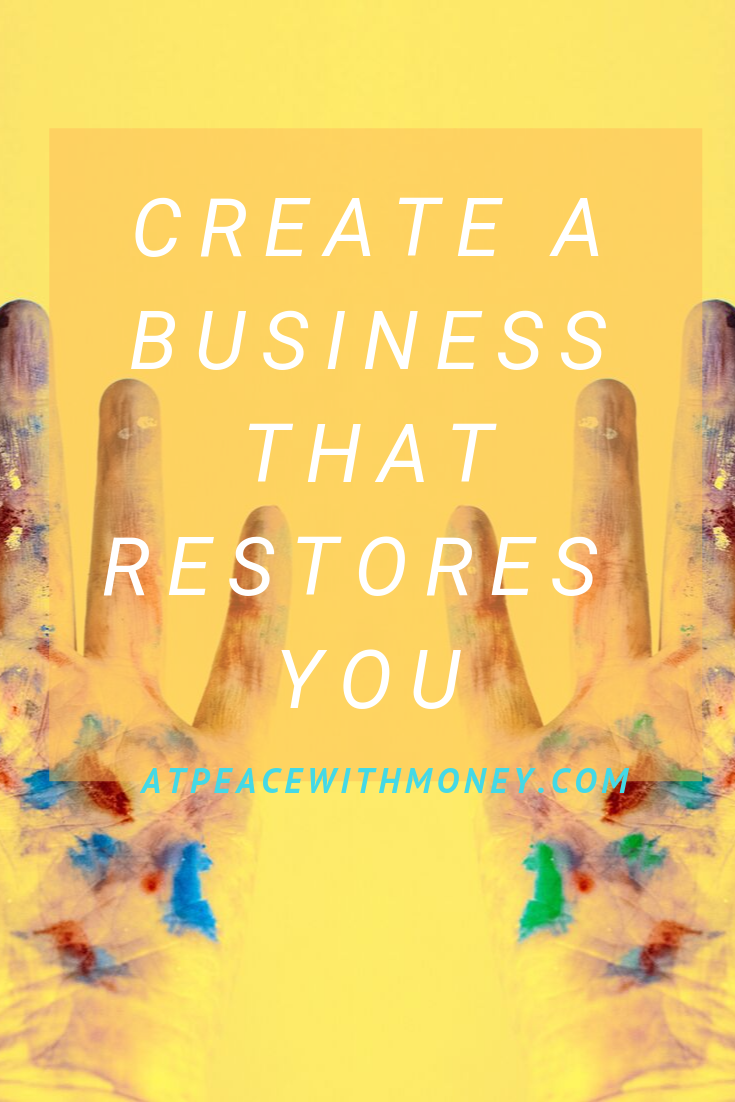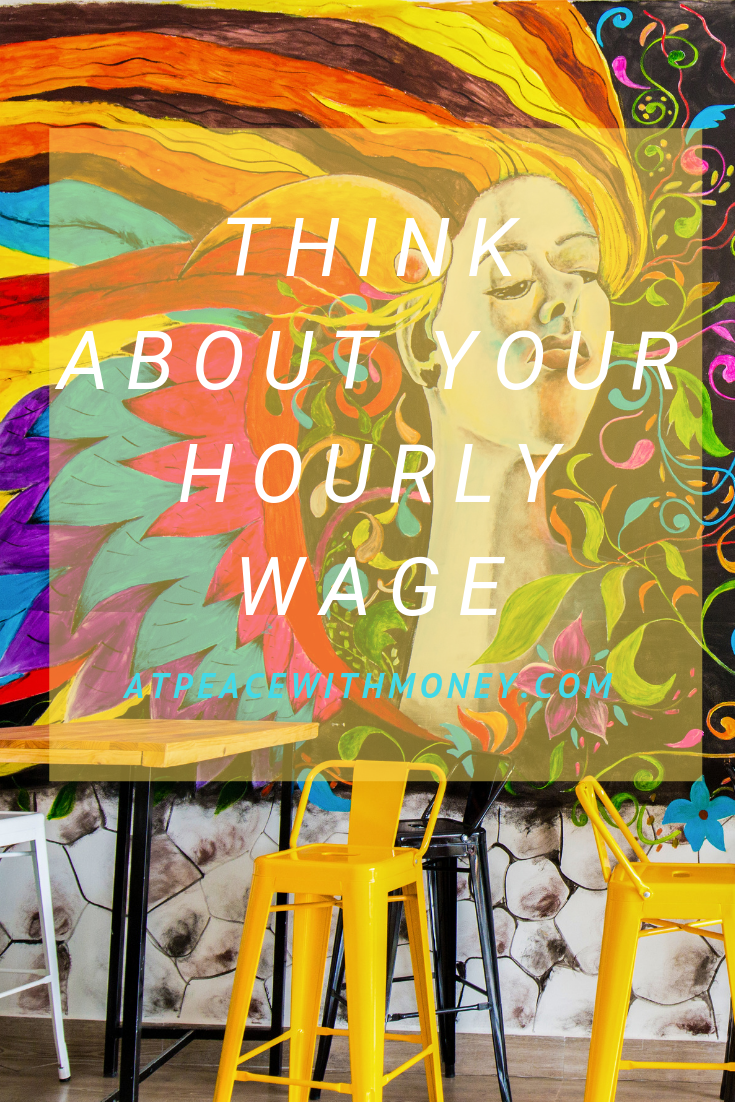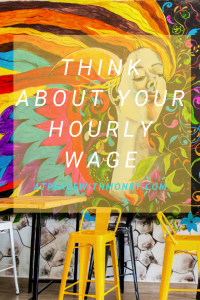Why You Need to Consider Your Hourly Wage As a Business Owner

How much does your business pay you, hourly? Whether you’re working on a pricing strategy or just feeling burnt out by your business, this can be an important thing to consider.
Why Think About Your Wage?
Knowing your hourly wage can help you be more aware of the time and effort you’re putting into your business, and what kind of return you’re getting. Calculating your hourly wage can be a great tool for a perspective shift. For many business owners, even if they work 12-hour days and have just enough to cover bills, they might not see that their business isn’t paying them enough until they’ve figured out their hourly rate. If your hourly wage would make you want to leave your position if you were an employee, that’s a great clue that some new thinking about your pricing is in order!
Appropriate Pricing
Understanding what your hourly wage is (and what you want it to be) can be a huge help in pricing your products appropriately. First you need to understand your money why, or why you earn the money you take in from your business. This will help you understand if your current prices can really sustain the goals that you have financially. You can learn how to set informed income goals here. Once you understand what your income target is, you can work backwards and see how much of your product or service you would need to produce and sell in order to make that income.
Take a moment to consider the cost of low prices, too. Look around at what other people in your industry are selling their product for. If you’re giving your goods away because they’re priced so low, you’re not doing anyone any favors. Remember, selling more doesn’t mean you’re necessarily making more. You aren’t making money, you’re reducing the value of what you do in the eyes of the buyers and you’re making your industry fellows unhappy.
Consider Your Time
When you are considering how to price your product or service, you may take into account the cost of supplies, transportation, and other materials. However, you must also take into account the cost of your time. If you were working for someone else and getting paid, you would receive an hourly wage, so consider that just as important in your own business. If you hired someone to help you with production, you’d need to pay them an hourly wage too. If you’re planning to scale up a business you’ll need to be able to hire other people and your prices need to be able to sustain that.
 Another thing for product-based businesses to consider when looking at your pricing is your interest in wholesaling. When selling wholesale, you will typically sell at 50% of your retail price. If, at this price, you’re not covering your costs, labor and making a profit that supports your financial goals, you need to raise your prices.
Another thing for product-based businesses to consider when looking at your pricing is your interest in wholesaling. When selling wholesale, you will typically sell at 50% of your retail price. If, at this price, you’re not covering your costs, labor and making a profit that supports your financial goals, you need to raise your prices.
Taking your hourly wage into account can help you accurately price your products and meet your income goals. If you’re interested in learning and thinking more about pricing formulas, I encourage you to check out my interview with Megan Auman. Our talk, plus my articles on how artists define their own success and how business skills and artistic sense can coexist, are great resources for anyone with a creative business looking to tinker with their profit model. Enjoy!
Angela
Photo: bruce mars
This blog post is a tweaked and re-published version of the original, posted in 2019 as part of a series for creative business owners. Check out more articles on that topic here.







 This is one of my favorite practices from the
This is one of my favorite practices from the 


 Another thing for product-based businesses to consider when looking at your pricing is your interest in wholesaling. When selling wholesale, you will typically sell at 50% of your retail price. If, at this price, you’re not covering your costs, labor and making a profit that supports your financial goals, you need to raise your prices.
Another thing for product-based businesses to consider when looking at your pricing is your interest in wholesaling. When selling wholesale, you will typically sell at 50% of your retail price. If, at this price, you’re not covering your costs, labor and making a profit that supports your financial goals, you need to raise your prices.